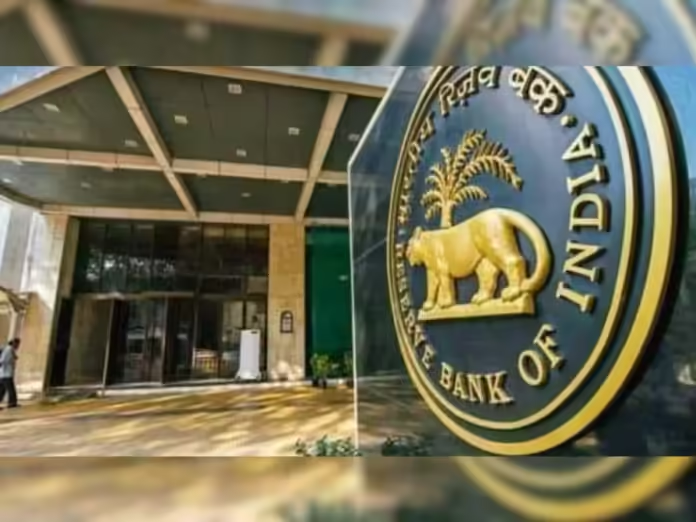RBI Aims to Strengthen Regulations
From implementing the expected credit loss (ECL) model for asset classification to conducting a thorough review of loan rates, the Reserve Bank of India (RBI) will introduce extensive regulatory measures in 2024-25 (FY25) aimed at making regulations more principle-based, actively-oriented, and proportionate to systemic risk rather than individual entities.
In its annual report for 2023-24, released on Thursday, the Head Bank stated that several regulatory and supervisory measures will be taken during 2024-25 to further fortify financial intermediaries.
The central bank will conduct a comprehensive review of regulations pertaining to income recognition, asset classification, and provisioning norms for regulated entities, along with the framework for resolving stressed assets across regulated entities (REs).
Additionally, the RBI announced plans for a harmonized set of prudential guidelines for all REs engaged in project finance. A draft paper on project finance proposes to raise standard asset provisioning for under-construction projects to 5% from the current 0.04%, despite facing significant opposition from banks.
Furthermore, draft norms on the ECL model were released by the RBI in January last year, with guidelines on ECL norms expected this year. These norms are anticipated to incrementally increase provisioning requirements for banks.
During FY25, the RBI will also reassess priority sector lending guidelines and endeavor to formulate the next iteration of the National Strategy for Financial Inclusion (NSFI) for the period 2025-30.
For urban cooperative banks, a revised supervisory action framework (SAF) under the nomenclature PCA (prompt corrective action) framework is under deliberation. This aims to streamline and facilitate timely supervisory intervention to enable UCBs to undertake remedial measures and restore their financial health.
The RBI’s supervisory initiatives focus on identifying risks and vulnerabilities early, emphasizing the root cause of vulnerabilities, and harmonizing supervisory rigor across various segments of the financial system. Frequent and extensive interactions with supervised entities (SEs) remain crucial to enhancing the effectiveness of supervisory intervention. Strengthening governance and assurance functions of SEs will continue to be a priority for the regulator.




